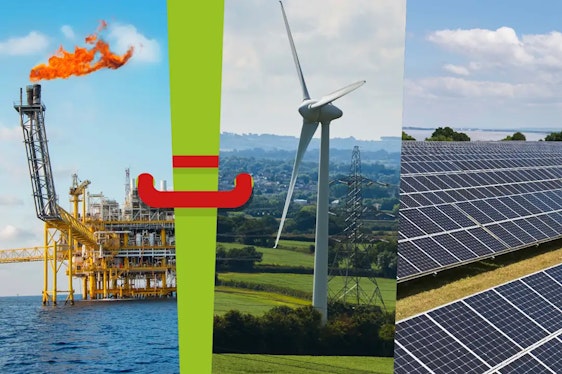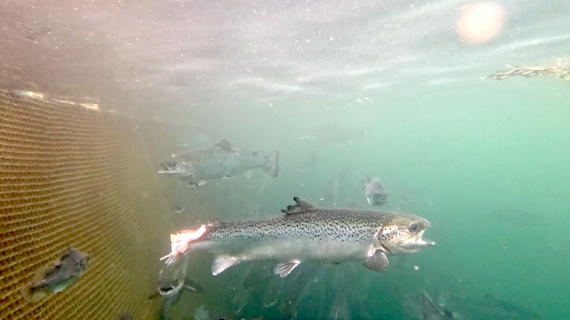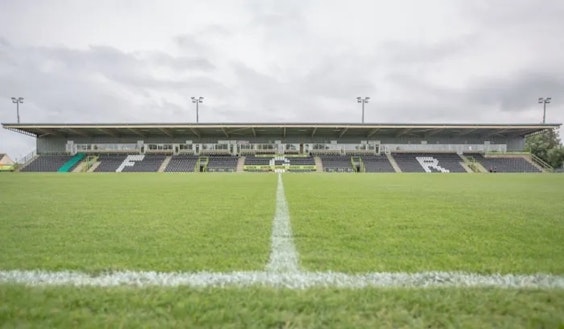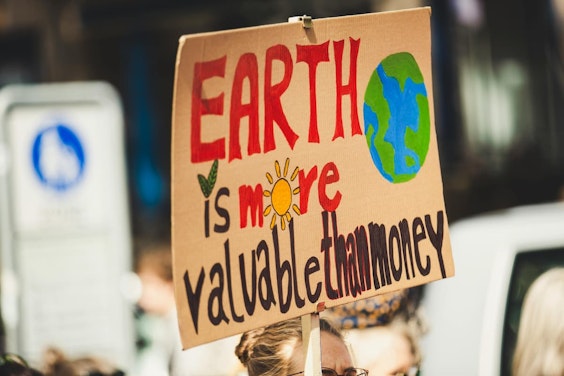
Breaking the Link Between Fossil Fuel and Renewables
High energy bills persist because our market ties green energy prices to fossil gas costs. Breaking this link could finally deliver cheaper, fairer, stable electricity.
Fifteen years ago, the government decided that the Suffolk coast would be the perfect place for a new nuclear power station - Sizewell C. Fast forward to today, and we’re still arguing about how to fund it. If it ever gets built, EDF claims it’ll power six million homes and help the UK reach net zero. Sounds promising, right? But here’s the thing - nuclear energy comes with a long list of problems, and Sizewell C is shaping up to be yet another overpriced, overhyped white elephant.
Rising costs, never-ending delays, and major safety concerns make this project look less like an energy solution and more like a financial and environmental disaster in the making. And all of this at a time when we urgently need to decarbonise. The truth is, we don’t need Sizewell C at all - we already have cheaper, cleaner, and faster alternatives. So why are we still throwing money at it?
Back in 2020, the estimated cost of Sizewell C was £20bn. But that number has already spiralled. According to the Financial Times, the final price tag could be closer to £40bn. The government insists the costs won’t double, but let’s be honest - nuclear projects always go over budget.
Just look at Hinkley Point C. Originally priced at £18bn, it’s now expected to cost at least £46bn - a 155% increase. And it’s still not finished. Nuclear construction is notorious for these kinds of overruns, and there’s no reason to believe Sizewell C will be any different.
But here’s the real kicker: we’ll be paying for Sizewell before it even produces a single watt of electricity. Thanks to the Regulated Asset Base (RAB) funding model, costs will be added to household energy bills during construction. Not when the plant starts working - just when financial “milestones” are reached.
That means billpayers will be forced to subsidise Sizewell for years, no matter how much the costs balloon. Imagine ordering a car, and the dealership starts charging you before they’ve even built the factory. That’s exactly what’s happening here.
EDF says Sizewell C will be operational by 2035. But if you believe that, I’ve got a bridge to sell you. Nuclear projects are never on time.
Take Hinkley Point C again - originally supposed to be switched on in 2017. That date got pushed back to 2025, then 2027, and now it’s looking more like 2031. That’s a 14-year delay.
And EDF’s track record outside the UK isn’t much better. In France, its Flamanville 3 nuclear reactor was supposed to be running by 2012. It’s still not finished. A decade behind schedule. If nuclear power was the future, why is it always late?
While we sit around waiting for Sizewell, renewables are already doing the job. Wind, solar, and battery storage are being deployed now, cutting carbon emissions now. By the time Sizewell C finally switches on - if it ever does - renewables will have left it in the dust.
Even if we ignore the spiralling costs and endless delays, there’s another major problem: Sizewell C is being built on a coastline that is actively eroding.
EDF insists that the site is safe, claiming offshore sandbanks will protect the power station from rising sea levels. But sandbanks move, and there’s already evidence that Sizewell’s are shifting. Private Eye even reported that if sea levels rise as predicted, the plant could be left on an island, completely cut off from the mainland.
Let’s not forget Fukushima. That disaster cost an estimated $360bn to clean up - and counting. And yet, EDF has no serious plans for dealing with long-term coastal erosion. Their current idea? Build Sizewell on a 7-metre-high concrete platform and hope for the best.
But climate change doesn’t work like that. Rising sea levels and extreme weather will only get worse. Keeping Sizewell safe will cost billions more, and every upgrade will land on our energy bills.
And then there’s the nuclear waste. Thousands of tonnes of radioactive material will be stored on-site until at least 2140. That means keeping it dry and secure for over a century, all while climate change makes coastal flooding more likely. Does that sound like a good plan to anyone?
The biggest argument for Sizewell C is that it’ll provide low-carbon electricity. That’s true - eventually. But we already have cleaner, faster, and cheaper alternatives.
Hinkley Point C’s electricity will cost at least £128/MWh - and that’s if the project doesn’t get even more expensive. Compare that to offshore wind, which in 2024 was agreed at £75/MWh. Onshore wind is even cheaper.
Then there’s the speed. Renewables can be built in months, not decades. We could have thousands of wind turbines and solar farms up and running before Sizewell even finishes its paperwork.
Battery storage is also making nuclear power redundant. The argument for nuclear used to be that renewables were unreliable. But grid-scale batteries are now storing excess wind and solar power for when it’s needed. No nuclear required.
Let’s sum it up.
Too slow – Even if everything goes perfectly (which it won’t), Sizewell C won’t be ready until 2035. In reality, we’re probably looking at 2040 or later.
Too expensive – Thanks to the RAB model, we’ll be paying for it before it produces any electricity. Meanwhile, renewables are already cheaper.
Too risky – Building a nuclear waste site on a vulnerable coastline is a disaster waiting to happen. Rising sea levels, shifting sandbanks, and extreme weather make this a terrible location.
Too unnecessary – We already have wind, solar, and battery storage - they’re cheaper, safer, and ready now.
We don’t need to gamble billions on another nuclear vanity project. If the goal is cheap, clean energy, we already have the answer - wind, solar, and storage.
Instead of pouring money into decades-long nuclear boondoggles, let’s invest in the technologies that are actually working today. The sooner we ditch Sizewell, the sooner we can build a genuinely green energy future… :)
High energy bills persist because our market ties green energy prices to fossil gas costs. Breaking this link could finally deliver cheaper, fairer, stable electricity.
Salmon farming is a toxic, unsustainable mess—polluting oceans, killing wild fish, and fueling disease. It’s time to shut it down before it wipes out marine ecosystems for good.
Forest Green Rovers is the world’s greenest football club - powered by clean energy, serving vegan food, and tackling transport emissions. Now, we’re building Eco Park, a stadium that will set new sustainability standards.
Airport expansions are an economic and environmental disaster worsening carbon emissions, pollution, and public health while benefiting only the rich. We need investment in green industries, not more runways fuelling climate breakdown.


